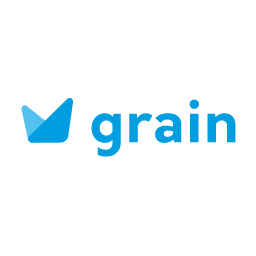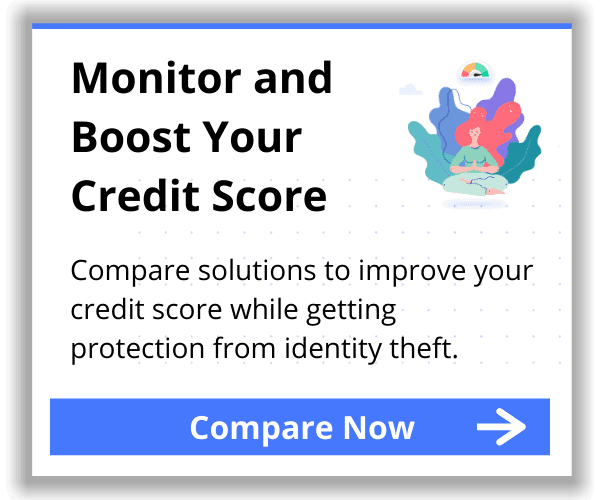Is your credit score and FICO score the same thing? Yes, and no. Yes, your FICO score is a credit score, but not all credit scores are FICO scores. Confused? Let us explain.
What is a Credit Score?
So what exactly is a credit score? Essentially, it’s a single number that represents the chance that you, as a borrower, will fail to pay a lender back. The higher the number, the lower the risk you pose — so the higher your credit score, the more willing lenders are to offer you credit or loans. Your credit score is calculated using data from your credit report. There are three major U.S. credit bureaus which record consumer credit information and compile credit reports: Equifax, Experian and TransUnion. Your credit score and FICO score from each of these bureaus may be slightly different, because not all lenders report to all three bureaus.
What is a FICO Score?
A FICO score is one particular brand of credit score. The reason its name is likely familiar to you is that it’s by far the most popular brand. Much the way facial tissue is commonly referred to as Kleenex and a photocopy is often called a Xerox, credit score and FICO score have become synonymous in the common lexicon. Fully 90% of top lenders use FICO scores to make their lending decisions.
The FICO score was developed by Fair Isaac Corporation in 1989. Its precise mathematical formula is proprietary, but Fair Isaac does disclose the general importance of 5 categories of information:
- Payment history determines 35% of your score. Late or missed payments will lower your score.
- Your total debt, and the ratio of your debt to your available credit, determine 30% of your score. Maxing out a credit card or using a high percentage of your available credit will lower your score.
- The length of your credit history determines 15% of your score. A longer history means a higher score, but the age of your newest account and how recently you’ve conducted activity on your accounts also matter.
- The diversity of your credit portfolio determines 10% of your score. A mix of different types of loans and credit cards means a higher score.
- New credit accounts determine the remaining 10% of your score. Opening multiple accounts in a short period of time can lower your score.
So that’s your FICO score. Except that you actually have multiple FICO scores. Lenders use slightly different scoring models for specialized purposes — there’s a FICO model specifically for auto loans, for example, and a different one for credit cards. There are also multiple versions of the general FICO rubric because Fair Isaac releases periodic updates; FICO Score 9 is the newest version. And FICO just provides the scoring model — your score also depends on which credit report the information is drawn from, so each of the credit bureaus might calculate a slightly different FICO score for you based on the information in their records. What does all this mean? Mostly, it means that you shouldn’t panic if your FICO scores from two different sources aren’t exactly the same. Differences are usually slight, and slight differences are perfectly normal.
What other Types of Credit Score are There?
Credit bureaus like Experian, Equifax and TransUnion can report the credit scores to you. Apart from FICO score, there is another credit scoring model called VantageScore. VantageScore is designed to provide consistent credit scores across all three major bureaus. There are multiple versions of VantageScore as well; the newest is VantageScore 4.0. We’ll focus mainly on the VantageScore model in this article since it represents a composite of the models used by the three credit bureaus.
What’s the Difference Between My Credit Score and FICO Score?
Your FICO score falls somewhere in the range of 300 – 850. While most of the in-house credit scores calculated by the credit bureaus use similar ranges, older versions of VantageScore are calculated on a range of 501 – 990.
While that may make your VantageScore look very different than your FICO score, perhaps a more significant difference is in which consumers have each of the different credit scores at all. To have a FICO score, you need at least six months of credit history. Anyone with a single month of credit history is eligible for a VantageScore. That means that, as a new borrower, you may be able to get credit on the basis of your VantageScore before you even amass enough credit history to have a FICO score.
How are my other credit score and FICO score similar?
The VantageScore model is based primarily on payment history, followed by length and type of credit and debt-to-credit ratio. Total debt is also taken into account, and recent inquiries and available credit round out the calculation. Sound familiar? Those are all the same factors that determine your FICO score. They may be weighted slightly differently in the two models, but both scores place importance on the same elements of your credit history. Missing a payment might affect each of your different credit scores by a different number of points, but it will lower them all, because all the credit scoring models value timely repayment.
Now that you know the difference between your credit score and FICO score, you’re better prepared to monitor and improve your credit!










